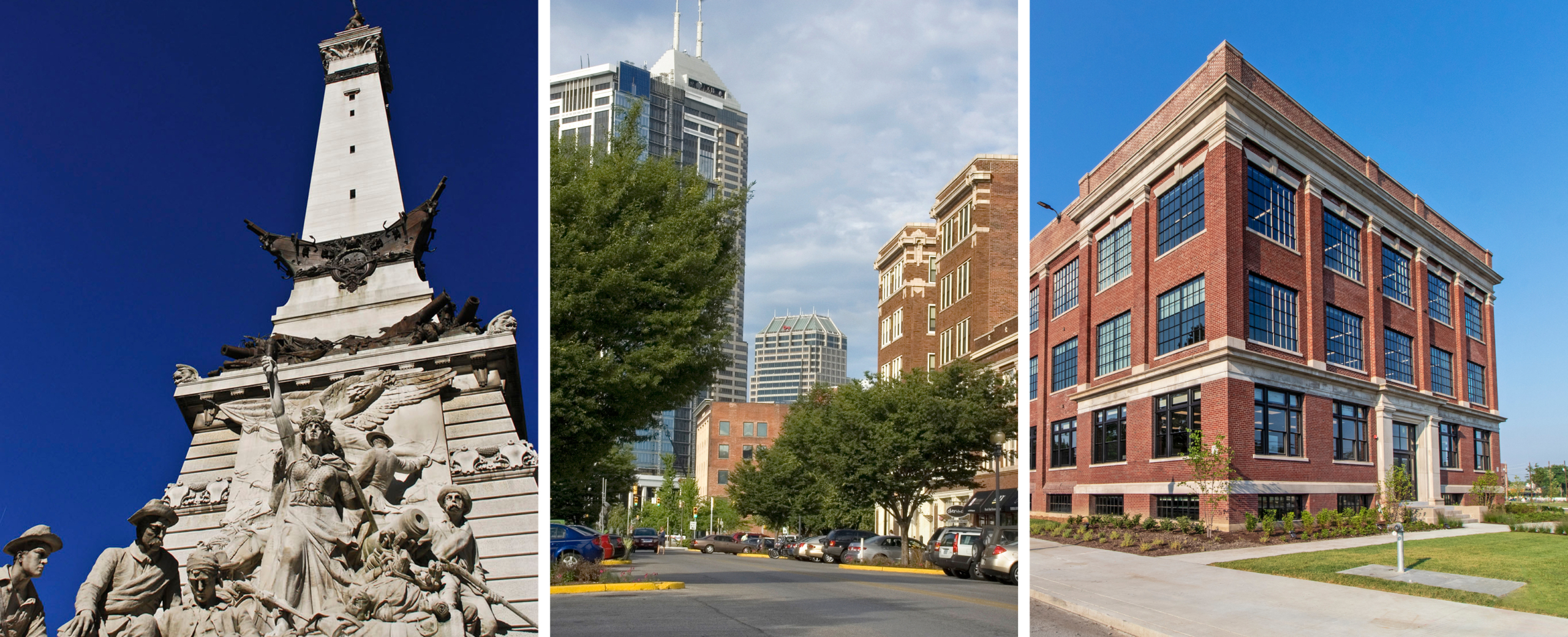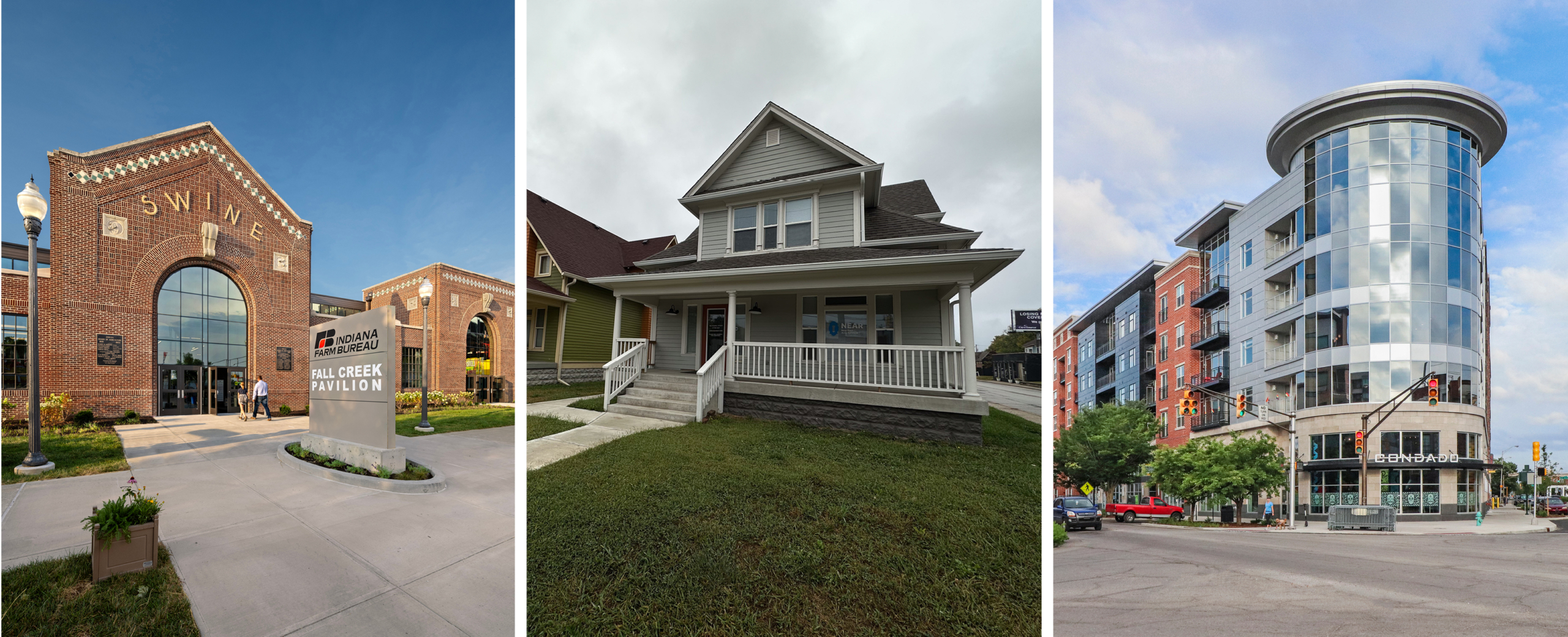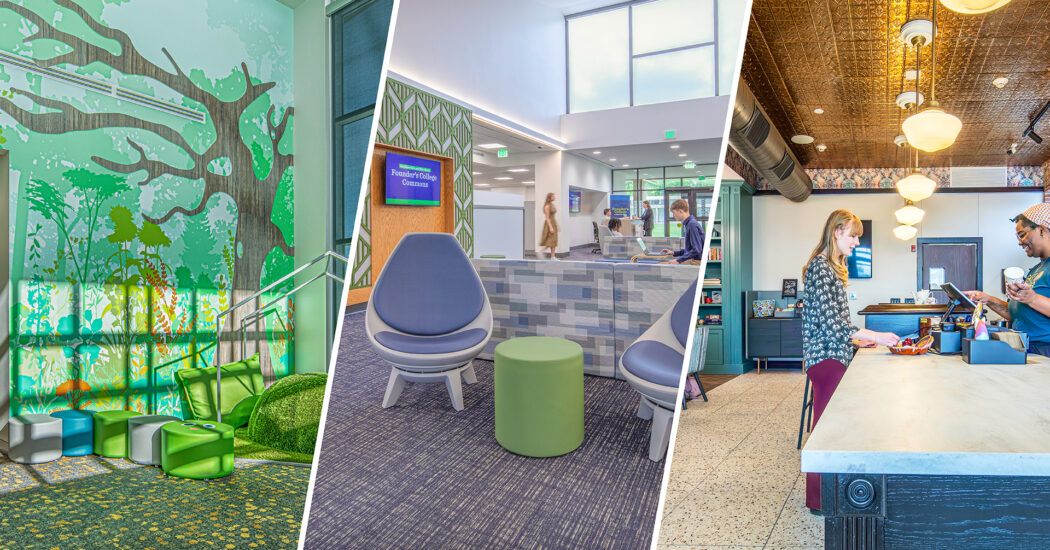Preserving the Past: A Delicate Balance in Historic Preservation
-
Category
Achievements, Studio-Community, Perspectives, Leadership -
Posted By
Joe Jarzen -
Posted On
Dec 04, 2023
As a father of two, and witnessing how fast my daughters grow and change, my tendencies to preserve moments of the past have increased through digital photography and saving mementos or toys they enjoyed often. This passion for protecting and learning from the past is not just a personal pursuit, but also a professional one through my training in historic preservation and joining the Schmidt Associates team where preservation work is at the core of many of our projects.
To preserve or not to preserve? As I speak with clients, this is often a question that arises when determining a scope of work on an older building. Yet, preserving our historic landmarks is an endeavor that requires a delicate balance between maintaining the integrity of the past and accommodating the needs of the present and future use. Retaining the authentic character of a structure gives us the opportunity to express our cultural identity and can also open doors to advancing economic development. For many owners of historic properties, determining when and how to embark on preservation efforts requires thoughtful consideration.
The Importance of Historic Preservation
Historic preservation serves as a bridge between the past and the present, allowing us to learn from and appreciate the history that has shaped our communities. Preserving historic buildings, landscapes, and neighborhoods fosters a sense of continuity and connection, enriching the cultural tapestry of our society. Schmidt Associates’ preservation experience is well rooted in its earliest efforts to renovate the Soldiers & Sailors Monument on the Circle and leading investments along Mass Ave in the 1970s and 80s. More recent projects at Indiana State University and PR Mallory continue that tradition.

Preservation Strategies
As you weigh your options, having a strategy is key. Here are a few worth considering:
- Adaptive Reuse Repurposing historic buildings for contemporary use helps to maintain their continued relevance while preserving their character. Read about our success in adaptive reuse.
- Restoration Careful, methodical restoration maintains a structure’s original design and materials, providing an authentic glimpse into the past while looking to the future. While many communities have local historic districts that help property owners determine the best ways to restore their properties, the Secretary of Interior’s Standards for Rehabilitation are a good set of guidelines to help you learn best practices.
- Documentation Thoroughly documenting the history and architectural details of a structure before any restoration work begins is crucial for maintaining accuracy. Learn more about our project with the George Ade Home.
When to Preserve
For Owners with older buildings, this question is often a conversation starter. We have been fortunate to work with several partners where our work runs the preservation spectrum. Their projects provided opportunities to answer this question or to brainstorm solutions. Here are some ideas to help in determining when preservation makes sense:
- Architectural Significance Buildings with unique architectural features or historical styles that represent a specific period are prime candidates for preservation. Find out how accessibility and historic preservation meet.
- Cultural Heritage Structures tied to significant cultural events, movements, or notable individuals should be carefully preserved to maintain their cultural and historical context. Read about how we preserve architectural heritage.
- Economic Advantage Sometimes it just comes down to the budget. Although adaptive reuse can still be expensive, historic tax credits can help bridge financial gaps and there can often be little substitute for community investment and benefits. Learn how we revived the PR Mallory legacy.
We are fortunate to have Indiana Landmarks, a statewide nonprofit organization dedicated to saving places that matter to the state. There are also many local preservation groups in our communities who are doing amazing work and helping to guide conversations on the preservation question. However, there are certainly many situations when preservation is the harder sell. For instance:
- Severe Structural Damage If a historic structure suffers from irreparable structural damage that compromises safety, the feasibility of preservation may be limited. On the other hand, there are instances where pieces of a historic structure can be restored. One example is our Indiana Farm Bureau Fall Creek Pavilion project where portions of the 100-year-old iconic Swine Barn were incorporated into the new structure.
- Lack of Historical Significance Not every old building holds historical value. Prioritize preservation efforts on structures that played a meaningful role in the community’s history or that create a sense of place such as the NEAR East 10th Street revitalization. Recently Schmidt Associates worked with NEAR on the completion of a small building at 10th and Rural that is not historically significant, but certainly supports the historic streetscape.
- Economic and Environmental Concerns In some cases, the cost of preservation may outweigh its benefits. But in others such as with Penrose on Mass new construction can often support the historic context of a district and contribute to its economic vitality. Therefore, always consider the environmental impact and economic feasibility when factoring decisions.

Historic preservation is a multifaceted challenge that demands a nuanced approach. It can also spark very passionate feelings, but like this blog, which offers a high-level view, it’s good to at least start the conversation. By carefully considering the significance of a structure, the extent of its deterioration, and the practicality of preservation, we can strike a balance that honors our past while creating a sustainable future. In doing so, we contribute to the cultural richness of our communities and leave a legacy for generations to come.







